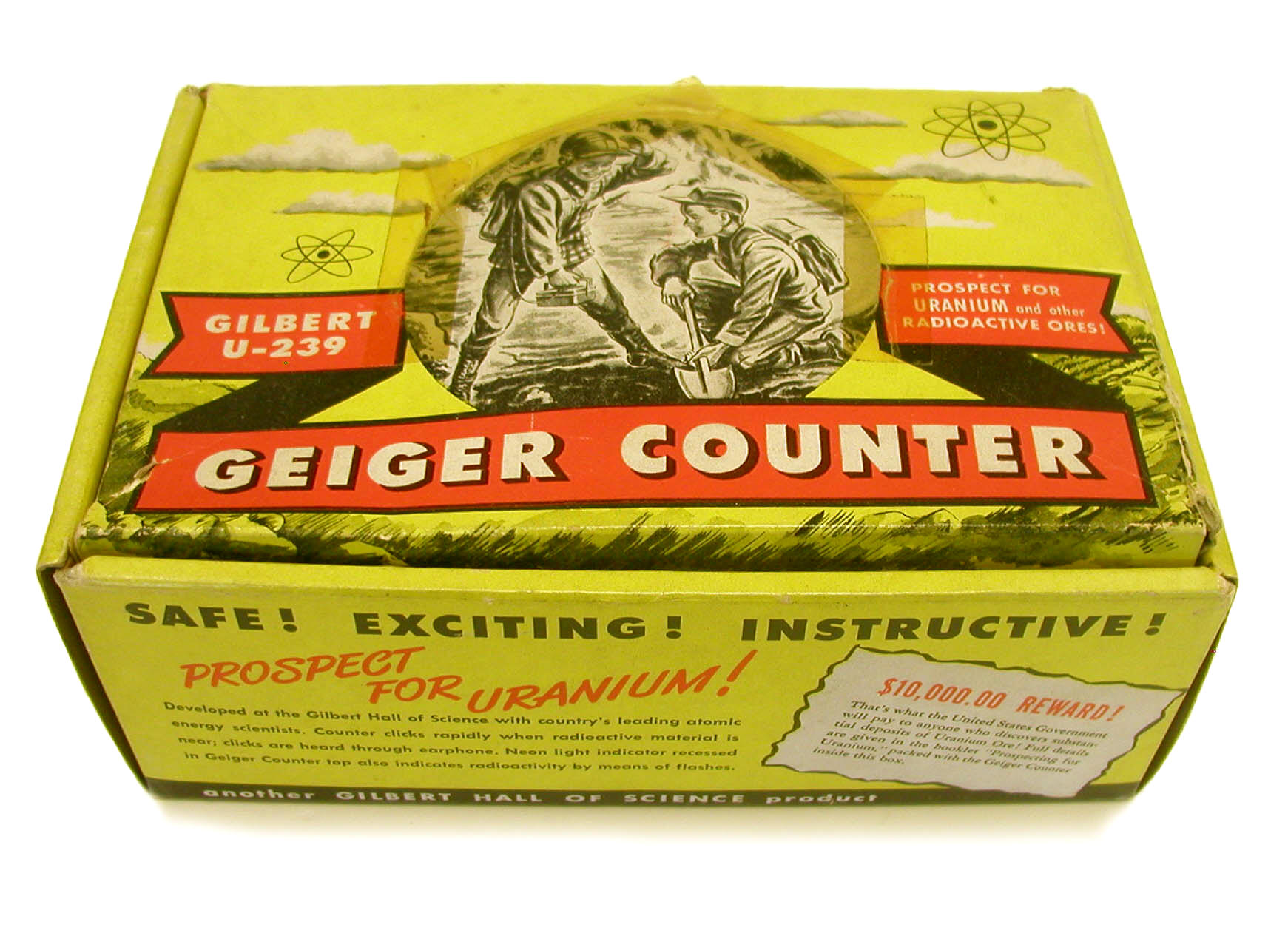Atomic Advent Calendar: Day 12 Gift Idea





Let’s practice dropping atom bombs! Test your aim! A thrill a second! Cyclone action! It’s not for enormous destruction, just enormous pleasure!
Mutoscope’s 1946 arcade game, “Atomic Bomber,” allowed coin-droppers to line up a set of cross hairs to colored dots on the rotating drum. If a hit is achieved, a “bomb blast” is see on the backglass of the machine, or the Reflectograph.
With lots of atomic jargon in the sales brochure, the marketers practically guaranteed an outlet for “Atomic Thinking” and “chain-reaction” sales of the arcade game.
For an interesting video describing its history and to see the game in action, visit: The Story Behind 1946’s Arcade Game Atomic Bomber from GameInformer.













